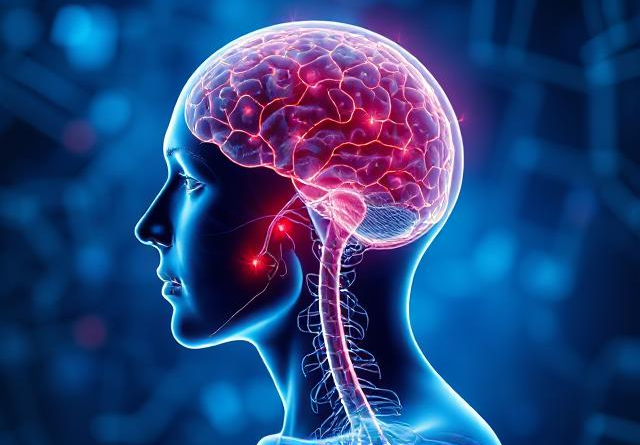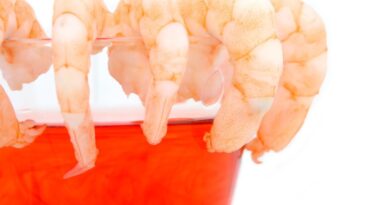Guillain-Barré Syndrome Cases On The Rise in India: What You Need To Know?
Last month, in the bustling city of Pune, a schoolteacher watched her six-year-old son struggle with his homework. He had erased a few words, but when she handed him the pencil to rewrite them, his grip was weak, unsteady. She figured he was being a stubborn kid, frustrated over a mistake.
Turns out, the mistake wasn’t in his notebook—it was in his nervous system.
What she chalked up to a tantrum was actually the first sign of Guillain-Barré Syndrome (GBS). In this rare and terrifying disorder, the body’s immune system goes rogue, attacking the nerves that control movement. Days later, her son was in the ICU, completely paralyzed. First, he lost control of his hands, then his legs. Then, his voice. Then, his ability to breathe. A ventilator took over where his body had failed.
He’s one of about 160 reported cases of GBS since January in Pune, a city known for its universities and tech parks, now grappling with an outbreak of something far less welcome. Five suspected deaths. Nearly 50 patients are still in intensive care. Twenty-one on ventilators. Thirty-eight lucky ones were discharged.
For a city that thrives on progress, no one saw this coming.
The city of Pune, with its swelling glass towers and crumbling old neighborhoods, is drinking poison. Not the obvious kind, the kind you can smell or taste, but the kind that seeps in quietly, uninvited, into the bellies of schoolchildren and the frail hands of the old.
The Municipal Corporation has peeled back the thin, glistening skin of the city’s drinking water and found rot beneath it. Of the 30 private reverse osmosis (RO) plants tested, 14 were sending out cans laced with E. coli, an invisible army marching into the homes of the unsuspecting. Nineteen carried coliform bacteria, tiny foot soldiers of disease. This, in a city already shuddering under the weight of an outbreak—Guillain-Barré Syndrome, a name clinical and cold, disguising the slow paralysis it inflicts.
The response, swift but desperate, is law and order. Notices are served, action is taken, and instructions are issued. Municipal Commissioner Rajendra Bhosle has ordered a widening of the net—a search for other plants, other wells of contamination, and other silent betrayals. But in a city that hums and whirs, that moves fast and forgets faster, the question remains: who will remember the water when the crisis is gone?
Guillain-Barré Syndrome – What You Need To Know?
Community Outbreak Causes
- Contaminated water supplies
- Unpasteurized milk or dairy products
- Improperly handled or undercooked poultry
- Person-to-person spread (rare but possible)
Guillain-Barré Syndrome (GBS) typically starts with mild symptoms that rapidly worsen. Common symptoms include:
Early Symptoms:
- Tingling and Weakness: Begins in the legs and can spread to the arms and face.
- Pins-and-Needles Sensation: Often starts in fingers, toes, or feet.
- Unsteady Walking: Difficulty with balance and coordination.
Progressive Symptoms:
- Muscle Weakness or Paralysis: Can spread upward, sometimes affecting breathing.
- Severe Pain: Aching, cramping, or shooting pain, often worse at night.
- Loss of Reflexes: Reduced or absent deep tendon reflexes (like knee-jerk).
Severe Symptoms:
- Difficulty Speaking, Chewing, or Swallowing: If facial muscles are affected.
- Breathing Difficulties: In severe cases, requiring ventilator support.
- Changes in Heart Rate or Blood Pressure: Due to autonomic nervous system involvement.
Recovery & Long-Term Effects:
- Most patients recover within months to years, but some may have lingering weakness or fatigue.
Get updates and read additional stories on the Health Orbit Fan Page.
For Guest posts, Sponsored posts and other details, please click ‘Contact Us’ page.




